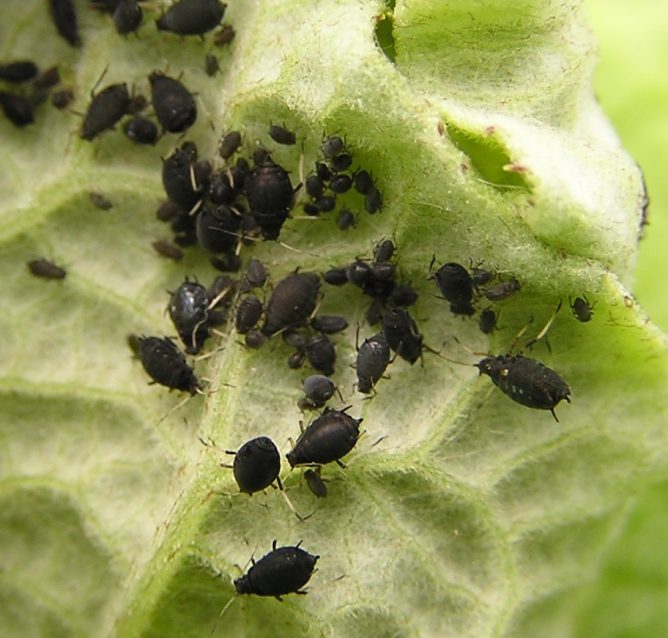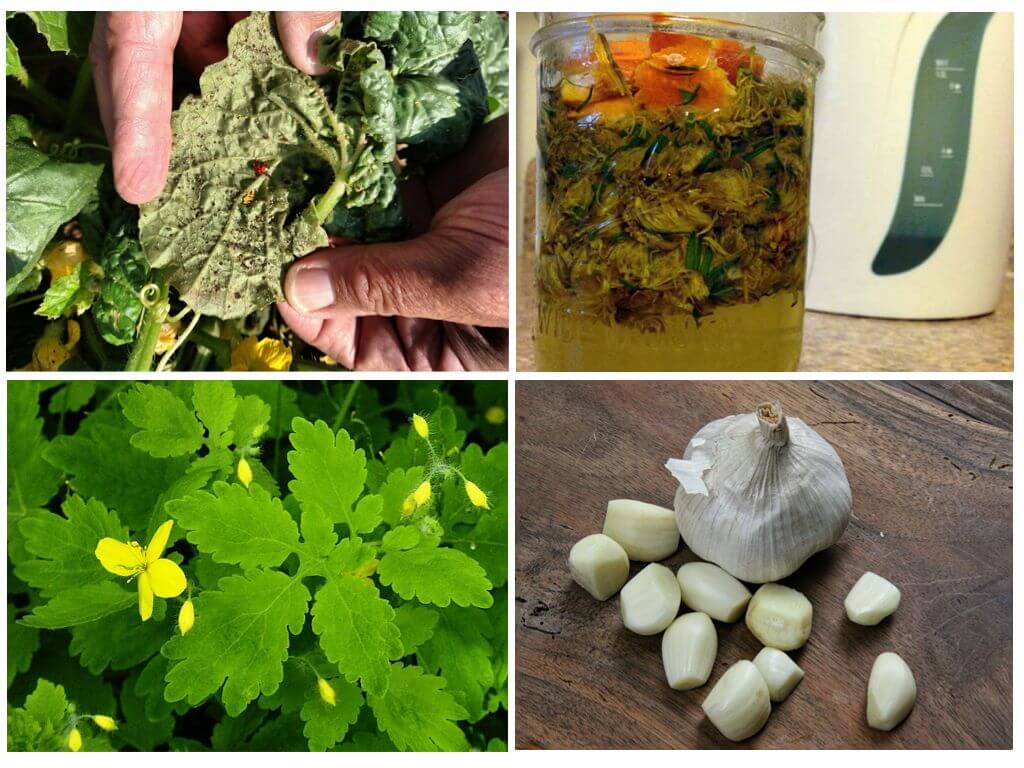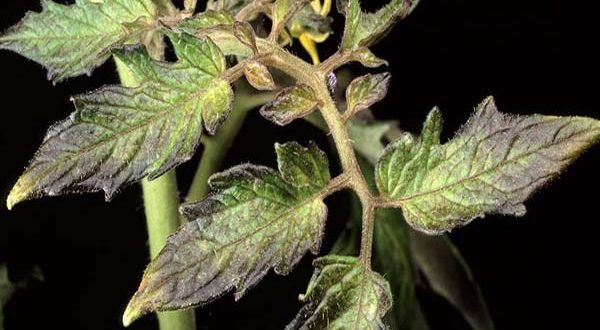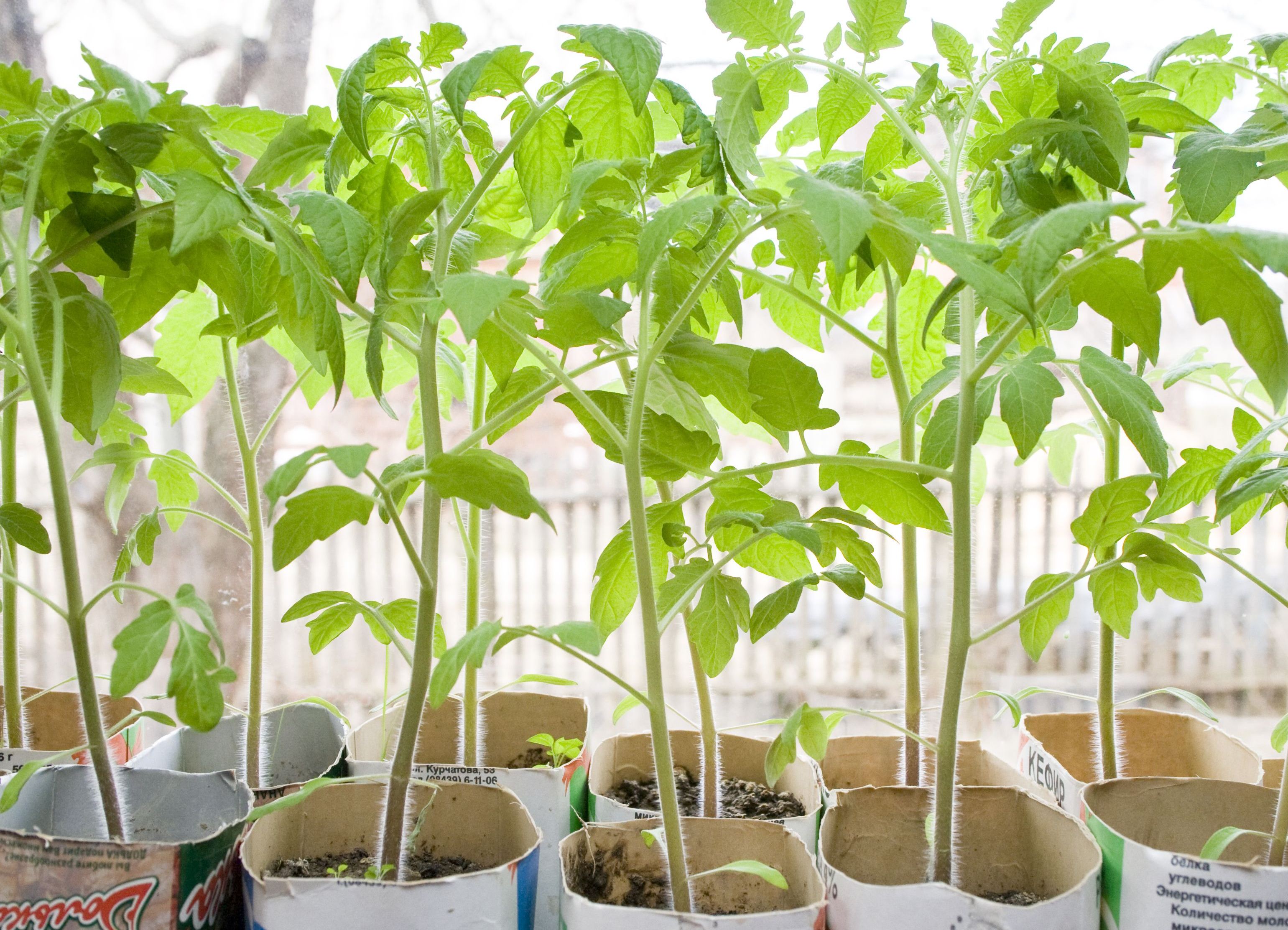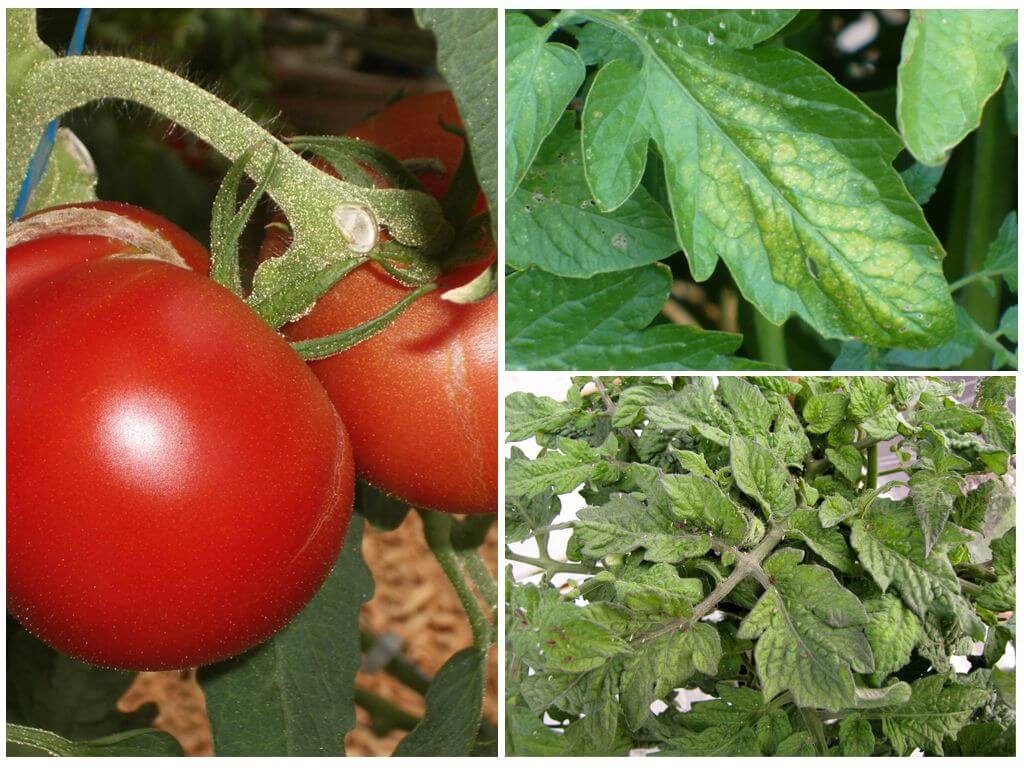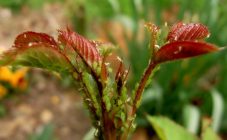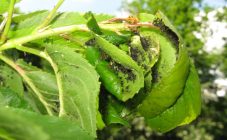Content:
It takes a lot of effort to plant cucumbers correctly. And to keep them and help them grow, it takes no less effort. Landings are constantly exposed to diseases and attacks of various bugs. The main problem of cucumbers is the melon aphid. Usually it is located on the back of the leaves, and that is why summer residents do not immediately detect it. The insect is capable of multiplying in a short period of time and destroying the plant. Therefore, at the first suspicion of the presence of aphids, it is necessary to carefully examine the entire plant in order to avoid dire consequences.
Aphid appearance
Aphid - a small insect, the length of which rarely reaches 2 mm. The color of her body ranges from gray-black or just black to pale yellow. Most often, aphids lay their eggs in an open area next to weeds. These insects can be found on the leaves of both "street" and greenhouse cucumbers.
The aphid is most active in the warm time of the day - during the period when the frost is over and the temperature is above 5 ° C. At the same time, it begins to multiply. Aphids cannot stand cold weather; at low temperatures, they quickly die.
The first clusters of aphids can be seen on the back of the leaf. Soon many others will form from one colony of insects, and they will begin to rapidly "attack" the entire plant.
The formation of a new colony occurs by moving females with the help of the wind to new habitats. In this case, they can infect not only cucumbers, but also other plants (tomatoes, etc.). That is why you need to take care of the safety of your crops in advance.
Aphids usually feed on the sap of some plants. She extracts it, processes it, and after all the machinations honeydew is formed (or, in other words, just sugar). Ants fed on it for a long time. Over time, they were able to "domesticate" aphids.
When predators attack, they try to protect the aphids with all their might. In winter and autumn, they allow aphids to hide in their nest in order to wait out the cold. Subsequently, after frost, the ants independently look for a new home for aphids.
Before the onset of cold weather (closer to autumn), female aphids lay their eggs near the weeds. They are there throughout the fall and winter. And around the beginning or mid-spring, they hatch. A reliable shelter from frost ensures the survival of almost the entire colony.
How aphids affect planting
It is obvious that aphids are a pest that attacks mainly cotton, as well as melons. Therefore, plants must be carefully protected and, at the first detection of aphids, immediately begin to fight against them.
The main food of the pest is plant sap, which contains a large amount of amino acids and carbohydrates. Some time after the aphids have sucked all their juices from the leaves, they will gradually turn yellow, curl and fall off. If one bush is affected, then the rest are most likely affected. In this case, it is necessary to act immediately, otherwise the plant may simply die. The main signs of the presence of a pest are low-intensity fruiting and active dropping of flowers and ovaries.
Aphids have a very high level of fertility, they reproduce rather quickly. The female lays about 85-100 eggs. After a few days, new individuals are born, including females, and they already lay a new batch of eggs.
Aphids on cucumbers below the leaves: how to deal
Aphids are weakest during the period of larval formation, migration of adults and wintering. But this does not mean that the rest of the time you can not worry about the safety of the plant. To get rid of pests and prevent their re-invasion, it is necessary to carry out preventive measures throughout the spring and summer.
If you start to process the eggs themselves, there will be no effect. The fact is that they are immune to chemical insecticides. Therefore, you will have to wait for their hatching, which occurs on the 14th day (in one female).
Getting rid of aphids is difficult, but necessary. For several centuries, man has come up with many different ways of how to deal with aphids on cucumbers.
Water. This method involves self-rinsing aphids with a sponge dipped in soapy water. It is necessary to carefully remove pests located next to the roots and stems. To do this, you can take a cotton pad and just gently press down on them.
Irrigation has a good effect. It is carried out using a spray bottle, into which a mixture of laundry soap, a few teaspoons of 9% vinegar and ordinary water is poured. All leaves of the plant are sprayed with the solution. If there are large clusters of aphids, the procedure is repeated on the third day. Remember that vinegar can burn leaves on the leaves, so you should be careful with it.
Celandine. Both the roots and the top will go into business. First they are dried, after which they are placed in a 10-liter bucket with 300 g of the resulting raw material. Then all this is filled with hot water. The bucket is removed in a dark place and left there for 2-3 days. Then the solution must simply be drained and filled with a spray bottle.
Mustard infusion. To prepare it, you will need a few grams of mustard powder (~ 55 g) and 10 liters of water (always warm). All ingredients are mixed, after which the resulting solution must be allowed to cool down. The finished mixture should be sprayed on all plantings.
To enhance the effect, it is recommended to add a small amount of soap shavings to the solution.
Wormwood. First, several bushes of this plant are plucked, crushed and dried. Dried raw materials are poured into a large wide bucket, poured with hot water (it is better to take boiling water for this) and left for one day or overnight. You need to spray the plant in the morning. Thanks to the infusion of wormwood, pests will not settle on the plant for a long time.
Dandelions. And again the infusion. To prepare it, you need to take the leaves together with the roots (~ 450-550 g). All raw materials are poured with 9 liters of water and infused overnight.
Hot pepper. You will need three small pepper pods to make the solution. First, they are crushed, filled with water and left to "languish" for several hours. It is allowed to add additional ingredients (ash, soap, tobacco dust or iodine) to the aphid control agent on cucumbers.
Onion husks. To prepare the solution, you will need onion peel, potassium permanganate (a pair of crystals), hot water and iodine (a few drops). The husk is boiled in a saucepan, almost completely filled with hot water, and then left to infuse for a day. Next, the resulting solution must be filtered and the two remaining ingredients added to it. The result should be a red-pink liquid.
Garlic infusion. To prepare a good infusion, you can take arrows, cloves or garlic feathers in the amount of 550 grams. They are crushed using a special crusher and put into a jar, into which water (warm) is then poured. The prepared infusion is allowed to brew for several days (4-5). Before using the solution, it must be slightly diluted. Thanks to this method, it is possible to avoid the invasion of not only aphids, but also other, no less dangerous pests.
Horseradish. It is necessary to grind several of its roots. Next, the resulting mass is placed in a jar, after which it is filled with water. This procedure must be carried out twice. That is, prepare one infusion, drain it, and immediately fill the jar with water again. It is recommended to slightly dilute the solution before use. If you take 5 liters of water, then you only need one glass of horseradish.
Soapy solution and ash. You need to prepare a bucket and put the shavings of soap together with ash (250 g) there. After that, pour all the ingredients with water. Use the prepared solution to irrigate the plant.
And this is only a small part of those folk methods that help to quickly destroy aphids.
If there are too many pests and conventional remedies simply do not help, chemistry will be used. Now there are a large number of different drugs that do an excellent job with hated insects. And here are some of them:
- "Spark Of Bio", or simply Iskra Bio... Many summer residents praise this tool very much. It does not harm human health and crops, effectively copes with aphids, which have already developed immunity to insecticides. The higher the temperature, the more the Spark Of Bio works.
- "Alatar"... One of the most versatile aphids. It contains several active ingredients. It is necessary to apply the drug directly to the leaves of the plant. Long planting times will be sticky. You should be careful with the dosage; very little drug is required to spray.
- Fitoverm... The product is made from fungal metaplasma, which can effectively fight both aphids and some other pests (ticks, etc.). Action "Fitoverma": first it gets inside the shoots, and then into the gastrointestinal tract of the aphid.
- "Inta-Vir"... An excellent tool that quickly fights insects. It is allowed to be used in a greenhouse and even in a house. The preparation contains extracts of various plants (chrysanthemums, tansy, chamomile, and so on). Copes well with caterpillars, aphids and many other insects.
For the best effect, you can combine folk remedies with chemicals. We must not forget about preventive measures that must be carried out regularly.
Prevention
The most important thing that a summer resident should do to avoid an aphid invasion is to regularly carry out preventive measures. By following the recommendations below, you can avoid the appearance of pests:
- It is good to prepare the soil for cold weather. All debris in the garden (branches, dry leaves, other vegetation) should be destroyed in order to deprive aphids of the opportunity to reproduce next spring.
- In spring, it is recommended to treat tree trunks with a special lime solution. This procedure will prevent aphids from migrating to melons. For the best effect, it is allowed to add ordinary glue (PVA).
- It is also worth getting rid of all the anthills around the garden plot. Ants are carriers of aphids.
- When weeds appear, the bed needs weeding and thinning. Excessive density should not be allowed.
- It is recommended to choose a place for planting seedlings away from linden, poppy, currant, thistle, chrysanthemum, gooseberry, sunflower. These plants are most susceptible to aphid infestation, and can have a large number of colonies.
It is useful to plant mustard and dill next to cucumbers. They attract ladybugs, which kill aphids and thus “save” the plant.
It can be concluded that preventive measures are reduced to complex processing of the entire garden.This approach will help protect other cultures as well.

